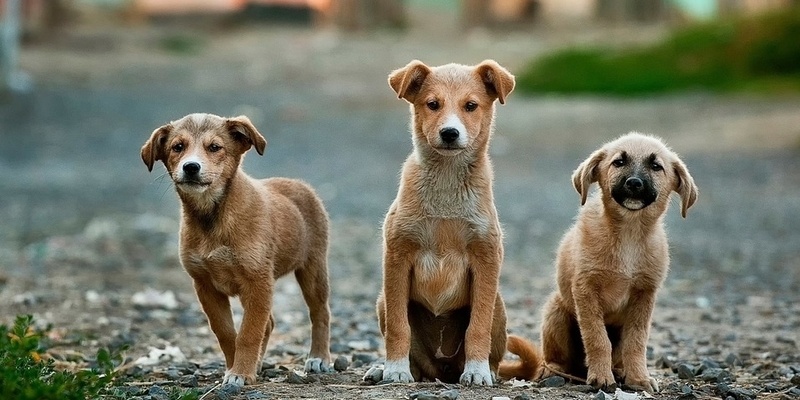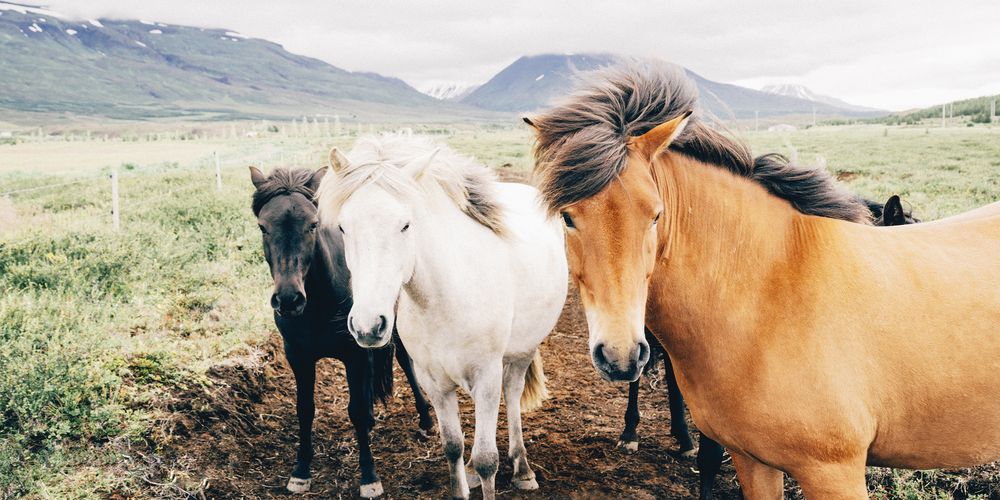Guardians of the Night: How Stray Dogs Saved an Abandoned Newborn in West Bengal
In the quiet railway workers’ colony of Nabadwip in West Bengal’s Nadia district, a story unfolded that shook the community awake—not with fear, but with a deep reminder of humanity’s interconnectedness with the animal world. On a cold night, when the settlement had long settled into silence, a newborn baby, barely hours old, was abandoned near a bathroom, left without clothes, warmth, or protection. Under normal circumstances, this story could have ended in tragedy. Yet destiny had arranged guardians that no one expected.When Stray Dogs Became LifesaversA pack of stray dogs living around the colony discovered the infant. Instead of the indifferent, aggressive, or frightened behaviors often associated with street dogs, they displayed an extraordinary instinct: they formed a protective circle around the baby. Through the night, they stayed huddled close, using their warmth to shield the infant from the biting cold. Locals later described how the dogs did not move an inch, as though standing guard, watching over a life that had been abandoned by humans but adopted by them. This moment challenges every stereotype of stray dogs being dangerous, unpredictable, or unworthy of care. On that night, they became protectors, showing an innate empathy that transcended species.The Woman Who Noticed the Silent GuardiansAt dawn, as the colony slowly came alive, a woman noticed something unusual: a group of dogs huddled tightly in one corner, their bodies forming a strange enclosure. Curious, she approached cautiously. What she discovered inside left her stunned. Wrapped in nothing but the cold morning air was a newborn child, surviving only because of the warmth provided by the dogs. Without hesitation, she took off her dupatta and covered the baby, giving the infant the first human comfort since birth. Her instinctive act of compassion marked the beginning of the child’s rescue. She immediately alerted neighbors, who gathered around in shock, disbelief, and concern. In minutes, the community came together to save the baby the same way the dogs had done through the night.From Danger to Safety: A Race Against TimeThe infant was rushed first to Maheshganj Hospital, where doctors began initial treatment and ensured the child was stable. Given the baby’s fragile condition, exposure to cold, risk of infection, and malnourished state, doctors decided to quickly shift the newborn to Krishnanagar Sadar Hospital for more advanced care. The medical team there reported that the dogs’ warmth likely played a crucial role in saving the child’s life. In such delicate circumstances, even an hour of exposure could have proved fatal. Yet the newborn had survived several hours through the night, protected by unexpected heroes. Following the rescue, police initiated an investigation into who abandoned the child and under what circumstances. Abandonment of a newborn is a criminal offence, but it is also a reflection of deeper social issues: poverty, fear, stigma, and desperation. Child welfare officials were informed immediately, and arrangements began to ensure the baby’s long-term safety and rehabilitation.A Story of Humanity Beyond HumansWhat makes this incident truly extraordinary is the human connection created by those who are not human. In a world where animals are often mistreated, neglected, or feared, these stray dogs showed a level of compassion that many did not expect. Their instinct to protect reminded society that empathy is not confined to one species. They did know this child did not belong to them, yet they formed a shield around him as if it were their responsibility. This incident adds to the growing body of stories where animals have shown remarkable emotional intelligence by rescuing humans during disasters, alerting people to danger, or offering companionship to the lonely. Street dogs, despite facing hunger, abuse, and harsh weather, continue to display loyalty and love in surprising ways.A Hopeful Beginning for a Newborn’s LifeToday, as the baby receives proper care and nurturing, the colony continues to speak about the night their street dogs became heroes. Child welfare officials will ensure the infant grows up safe and loved, something the dogs tried to guarantee in the very first hours of his life. This story is not just about abandonment; it is also about rescue, empathy, and the extraordinary bonds that can form between humans and animals.


.jpg)



.jpg)



.jpg)
